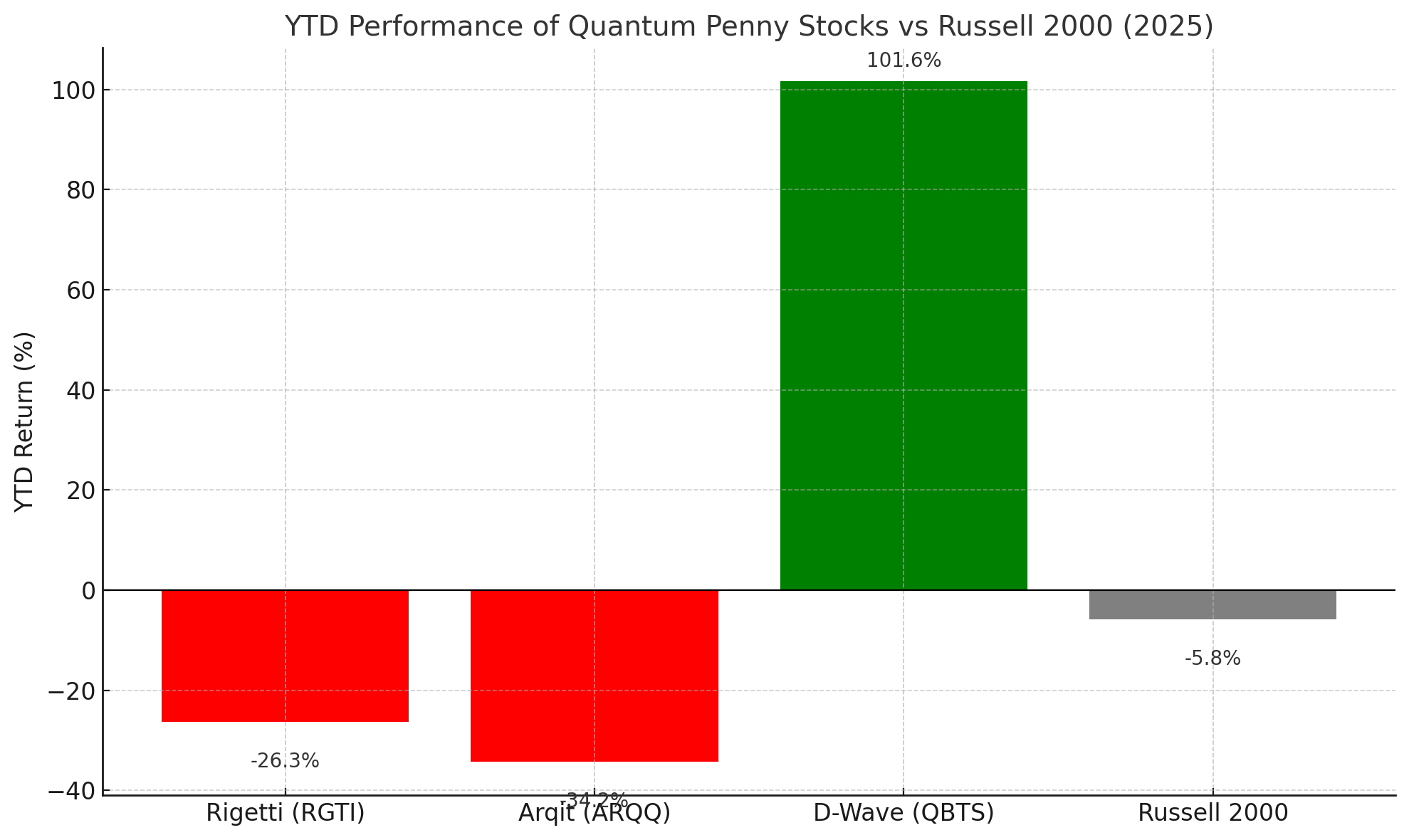As most house flippers or BRRRR landlords will tell you, paying for hard money—with high interest rates and points tacked on top—can take huge chunks of profit out of a project. For landlords, extra expenses are involved in making monthly payments and paying to refinance into a regular mortgage, further eroding the bottom line.
It’s generally a big pain and a reason many would-be-flippers and landlords stay on the sidelines or prefer to find private lenders, content to get paid once a deal sells or secures long-term financing post-rehab.
Many landlords don’t realize there are alternatives to hard money. For years, primary homeowners financing ground-up construction have used construction-to-permanent loans. These finance the construction of a new house, then convert to a regular mortgage on completion. They only require one closing, with draws made at each period during the construction.
The same thing exists for investors.
How Rehab Loans for Investors Work
The loan structure for a rehab loan is similar to a construction loan or FHA 203(k) loan for owner-occupied residences. There are generally specific criteria that need to be adhered to with such loans.
80% LTV after-repair value (ARV) price
This is fairly standard lending criteria. The amount you can borrow is based on 80% of the subject property’s value after improvements are made. Some lenders require more skin in the game.
Renovations must substantially add value
You’ve probably heard the phrase “lipstick on a pig.” Basic cosmetic upgrades probably wouldn’t qualify for an investor rehab loan, as they do not substantially increase the property’s value. The lender would require a detailed work scope to see how the construction would increase the property’s value to meet their loan criteria.
Exterior additions such as an above-ground pool would not increase a home’s value. However, essential improvements such as new plumbing and electrical, roofing, and kitchen and bathroom upgrades would count.
Single and multiunit buildings qualify
Renovation or rehab loans are fine for both single-unit, multiunit, and mixed-use investments, with loan criteria based on credit score and ARV values.
Terence Young, a mortgage broker with eFunder, has secured many such renovation loans for his investor clients. He told BiggerPockets:
“Most people are under the impression that if you’re an investor, the only option open to you is hard money. That’s not the case. Usually, you have to go outside the big lenders to get a renovation loan.”
“Many of my deals come through community banks. They have specialized loan products that will benefit the neighborhood in the long term. Often, they want to know that you’ll keep the property as an investment and are not simply looking to do a flip. They want to see skin in the game—so [a] 20% or more down payment. You get one mortgage that covers the construction and long-term financing with an interest rate of Prime +1, which can’t be beat compared to hard money.”
How to Use a 203(k) Loan for an Investment Property
A 203(k) loan is the original all-in-one construction loan, but technically it is only available for primary residences. However, many investors also use them strategically. If you buy a two- to four-unit building and state you plan to live in one of the units for a minimum of 12 months, you can renovate the entire building using a 203(k) loan.
After 12 months from the completion of the project, you can move out and rent the unit you were living in, thus increasing your cash flow to fund your investment.
The Advantage of Using a 203(k) Loan for an Investment
Because the building is being used as a primary residence, you’ll benefit from lower interest rates and a lower credit score requirement than an investment property. While there are guidelines regarding the number of times you can get an FHA mortgage, using this strategy—whether consecutively with a 203(k) loan or a renovation loan—is ideal for newer investors looking to build their investment portfolio. As long as they don’t mind moving from year to year, they can reap the rewards of a single closing while forgoing the expense of a mortgage or rent, as their tenants’ rent payments cover it while building equity and benefiting from depreciation.
Will Renovation Loans Take the Place of Hard Money?
Young believes hard money and renovation loans both have their place. He adds:
“None of the banks I deal with for renovation loans allow them to be used for fix and flips. They are for landlords who want to hold the property long-term. Another factor is speed. If you need to close quickly, you do not want to go through the hoops that a renovation will put you through, which is like qualifying for a regular mortgage with additional criteria.”
“I get my investor’s hard money in as little as seven to 10 days. A renovation loan can take 45 to 60 days. In real estate investing, time is money. Also, not everyone is aware of renovation loans because they tend to be very place-specific and are often offered by community banks, so they are not generally out there as mainstream loan products.”
Final Thoughts
If you intend to buy and hold property and are not in a rush to close, searching out a renovation loan product instead of borrowing hard money and refinancing could be a less expensive way of financing the deal. However, if you are looking to fix and flip or BRRRR with a quick closing, there are better ways to go about things than using a renovation loan because of the time and paperwork involved.
Ultimately, there’s no one size fits all. You’ll need to customize your loan product to suit your investment project.
It’s also worth noting that, in times of high interest rates, real estate financing has become more difficult, especially for commercial buildings (five residential units or more). Borrowing hard money and hoping to refinance into a conventional loan could be risky. Securing long-term financing from the start of a project and not having the stress of refinancing could be an easier way to go until rates drop.
Ready to succeed in real estate investing? Create a free BiggerPockets account to learn about investment strategies; ask questions and get answers from our community of +2 million members; connect with investor-friendly agents; and so much more.
Note By BiggerPockets: These are opinions written by the author and do not necessarily represent the opinions of BiggerPockets.















